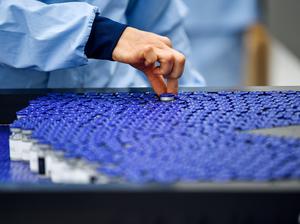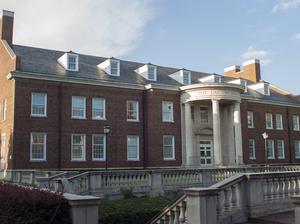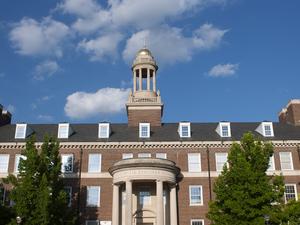Southern Methodist University was founded more than 100 years ago, steadily gaining a reputation as a top academic institution. And for the last decade, it's been on a path toward landing one of the top research designations in the country.
As part of a broader campaign to create more opportunities for students and scholars, the university is hoping to achieve the Carnegie Commission on Higher Education's R1 classification. This designation would increase the institution's prestige while increasing its ability to attract top minds.
"This is a level of excellence across the entire country," said Elizabeth Loboa, SMU provost. "Increased research capability means we can think about research with impact, providing more solutions to pressing problems in the world. We also want to think about what we do as an economic driver that we think about our research partnerships… that can be of great economic benefit to both current and future Dallas-area companies."
While the state of Texas can designate a public university with "Tier 1" status, the Carnegie R1 classification is awarded to public and private institutions nationally, identifying them as places of "very high" research activity. To achieve the classification, SMU needs to meet criteria such as funding going to research and the number of doctoral degrees given.
Rankings of universities are released by Carnegie every three years. Loboa said SMU surpassed about 55 other schools between 2005 and 2018 to reach R2 status and must pass about 50 to reach R1.
"When we think about driving and growing our research ecosystem ... we're interested in doing research (in areas) that are of great interest to corporate partners," Loboa said.
Loboa said she thinks SMU can reach R1 in the next 10 years. A key driver of that improvement was a $100 million gift from the Moody Foundation in 2019, which helped fund the Moody School of Graduate and Advanced Studies. SMU President R. Gerald Turner also points to SMU's work with the U.S. Department of Defense that awarded a supercomputer system to the university back in 2013.
The push to reach R1 status is part of a broader $1.5 billion fundraising campaign that SMU kicked off earlier this month, with about $654 million committed so far. It specifies:
- Over $600 million to invest in student and faculty research
- Over $450 million to provide financial services for high-performing, Pell Grant-eligible students that Loboa said should help improve the quality and quantity of research
- Over $450 million for partnerships with corporations and nonprofits
Loboa said the school is searching for a new vice provost and a chief innovation officer to help translate research into actual products and companies.
A 2021 economic study by SMU totaled its economic impact for North Texas at about $7 billion. SMU is a "net importer" of talent, with about 60% of students from out-of-state and about two-thirds of graduates staying in DFW for their first job.
Looking ahead, Loboa wants SMU to be on the leading edge of research and better work with the local tech community. That also means having a greater interdisciplinary molding of the school's business graduates, making them flexible and prepared for the job market.







